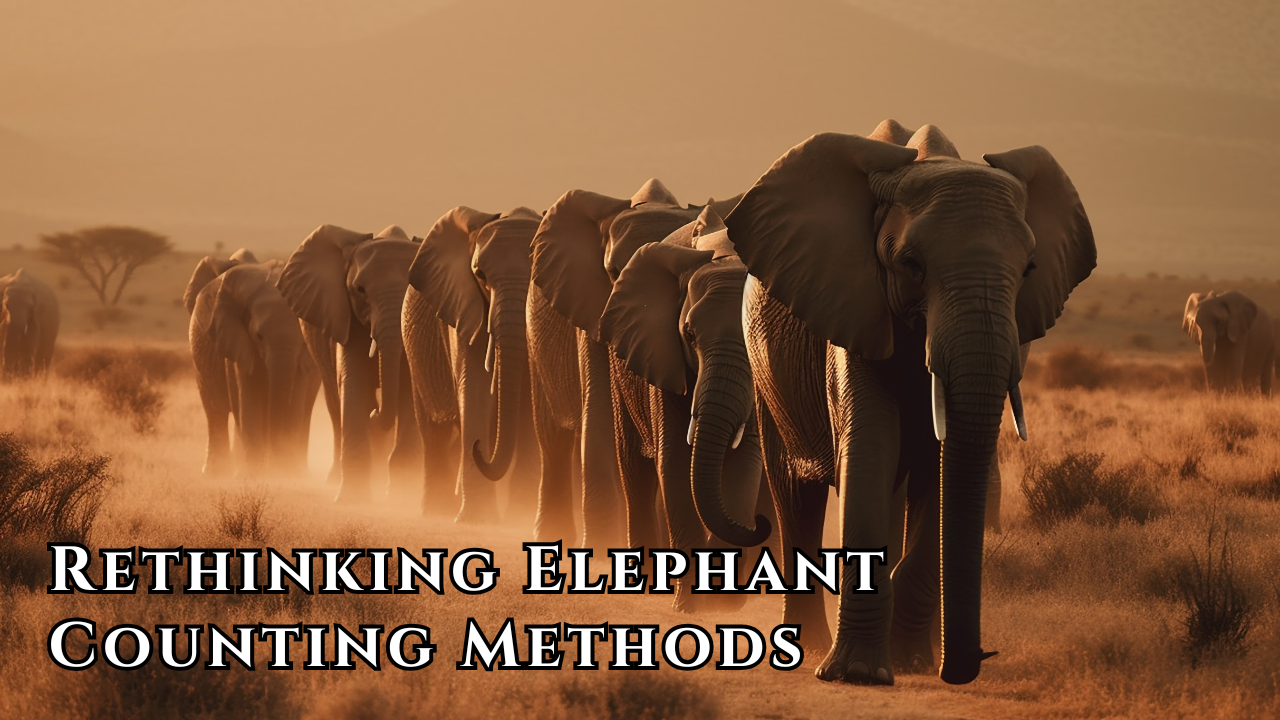Font size:
Print
Rethinking Elephant Counting Methods: A Call for Policy Change
Context:
The Environment Ministry has postponed the release of the “Status of Elephant in India 2022-23” Elephant Counting report until at least June 2025, due to delays in the census in the Northeast.
More on News:
- The elephant census employed refined methodologies, including DNA profiling, making comparisons with previous censuses challenging.
- The northern regions (Shivalik Hills and Gangetic Plain) did not see a similar decline, suggesting that the drastic falls in other areas are not solely due to methodological changes.
Key Highlights:
- The Environment Ministry has noted that the elephant census used enhanced methodologies, indicating that these results may not be directly comparable to previous censuses conducted every five years since the 1990s.
- Data from the unreleased report indicate a concerning decline in elephant populations across east-central and southern India.
- Specifically, the drop is particularly severe in Southern West Bengal (84%), Jharkhand (64%), Odisha (54%), and Kerala (51%).
- The report attributes this decline to “mushrooming developmental projects,” including unregulated mining and linear infrastructure development, which pose significant threats to the species.
Historical Counting Methods
- Prior to 2002, elephants were counted using a “total direct count” method, which involved simply counting the elephants observed. This method was deemed scientifically limited for large populations.
- In 2002, the “indirect dung count method” was introduced, where enumerators would record elephant droppings and use data to estimate population densities.
- This was complemented by modified sampling techniques that involved smaller survey areas to improve detection probabilities.
New Methodologies:
- On World Elephant Day in 2021, the Environment Minister announced plans to harmonise population estimation methods for elephants and tigers.
- The latest census for elephants utilised a genetic mark-recapture model, analysing dung samples to identify individual elephants genetically, a more sophisticated method compared to previous techniques.
Challenges:
- Despite these advancements, experts have criticised the delay in releasing already available data, arguing that it hampers both scientific understanding and policy-making.
- A former member of the National Board for Wildlife emphasised that the data, obtained through public funding, should be made available to guide conservation efforts.
Implications of the Delay:
- Conservationists warn that the delay could negatively impact already stressed elephant populations.
- Specific risks vary by region; for example, in Odisha, issues like mining and power lines threaten local elephant habitats.
- Experts suggest that the results from the Northeast are unlikely to reverse the downward trend seen in other regions, indicating that time is of the essence for intervention.
Subscribe to our Youtube Channel for more Valuable Content – TheStudyias
Download the App to Subscribe to our Courses – Thestudyias
The Source’s Authority and Ownership of the Article is Claimed By THE STUDY IAS BY MANIKANT SINGH






